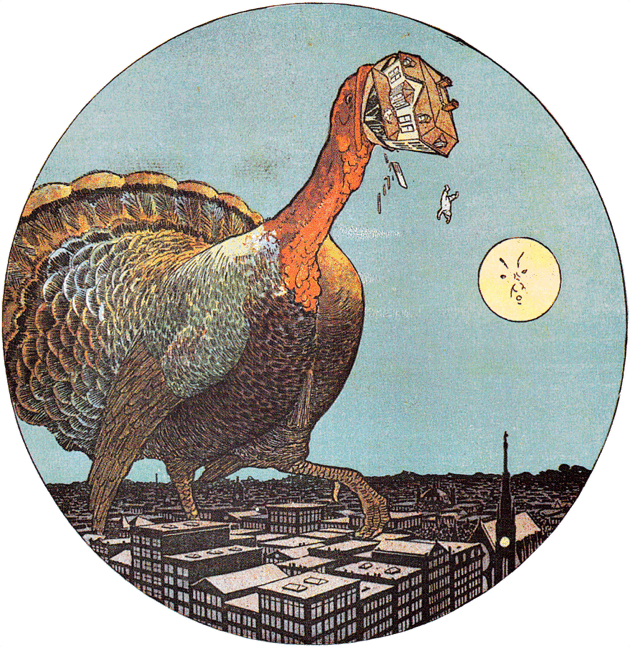I hate dreams. Dreams are the Sea Monkeys of consciousness: in the back pages of sleep they promise us teeming submarine palaces but leave us, on waking, with a hermetic residue of freeze-dried dust. The wisdom of dreams is a fortune on paper that you can’t cash out, an oasis of shimmering water that turns, when you wake up, to a mouthful of sand. I hate them for their absurdities and deferrals, their endlessly broken promise to amount to something, by and by. I hate them for the way they ransack memory, jumbling treasure and trash. I hate them for their tedium, how they drag on, peter out, wander off.
Pretty much the only thing I hate more than my own dreams are yours. “I was flying over Lake Michigan in a pink Cessna,” you begin, “only it wasn’t really Lake Michigan…,” and I sink, cobwebbed, beneath a drifting dust of boredom.
Dreams are effluvia, bodily information, to be shared only with intimates and doctors. At the breakfast table, in my house, an inflexible law compels all recountings of dreams to be compressed into a sentence or, better still, half a sentence, like the paraphrasings of epic films listed in TV Guide: “Rogue Samurai saves peasant village.” The recounting of a dream is—ought to be—a source of embarrassment to the dreamer, sitting there naked in fading tatters of Jungian couture. Whatever stuff dreams are made on, it isn’t words. As soon as you begin to tell a dream, as Freud reminds us, you interpolate, falsify, distort; you lie. That roseate airplane, that wide blue arc of cold water: no, it wasn’t like that, not at all. Better just to skip it, and pass the maple syrup.
Worse still than real dreams, mine or yours—sandier mouthfuls, ranker lies—are the dreams of characters in books and movies. Nobody, not even Aunt Em, wants to hear about Dorothy’s dream when she wakes up at the end of The Wizard of Oz. As outright fantasy the journey to Oz is peerless, joyous, muscular with truth; to call it a dream (a low trick L. Frank Baum, who wrote the original story, never stooped to) is to demean it, to deny it, to lie; because nobody has dreams like that. Nobody has dreams like the dreams in Spellbound, either; or like those in Little Nemo in Slumberland, Alice in Wonderland, Inception, or even, quite, in Meshes of the Afternoon, the 1943 film by Maya Deren which, in the flickering of its pseudonarrative, the ostinato of its imagery, the strange urgency of its tedium, comes closest, and yet still rings false, camera-bound, hokum-haunted.
If art is a mirror, dreams are the back of the head. A work of art derives its effects from light, sound, and movement, but dreams unfurl in darkness, silence, paralysis. Like a recipe attempted in an ill-provisioned kitchen, “dreamlike” art relies on substitutions: dutch angles, forced perspective, absurdist juxtapositions, arbitrary transformations, and, as Peter Dinklage’s character points out in the film Living in Oblivion, a lamentable superabundance of dwarfs. Dreams in art either make sense, or they make no sense at all, but they never manage to do both at the same time, the way dreams do while we’re dreaming them.
I’m not saying that’s a bad thing. If art were more like dreams, I might ban it from my breakfast table, too.



